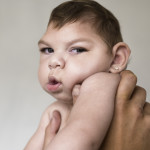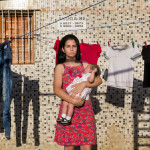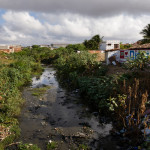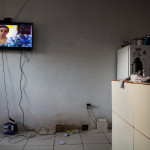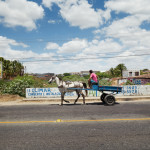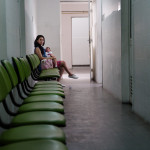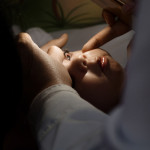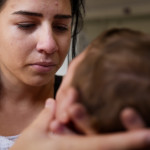First we got Zika
[ HIDE TEXT ][ SHOW TEXT ]A young family struggles to care for their daughter. How is a life after Zika?
Ianka Barbosa, 18, grew up in Campina Grande, Brazil, an impoverished northeastern city that’s been described as ground zero of the Zika epidemic. Her boyfriend, Thérsio Felipe Wanderley, 19, was also raised in Campina Grande. The son of a pastor, though generally “not a big church-goer,” he met Barbosa at church four years ago — he’d gone for his father’s birthday. Within two weeks, the couple was serious, and soon after, Barbosa became unexpectedly pregnant. They moved in together but didn’t marry, much to the chagrin of family members. Their son, Emanuel, was born on April 20, 2014: He was happy and energetic as an infant.
“When we got Zika, we didn’t even know what it was,” Barbosa says. All three showed symptoms. “I only had splotchy red patches and a rash,” she says. “Emanuel had it the worst. He was really sick.” At the time, Barbosa was three months pregnant with their second child. Wanderley remembers running a fever, drinking lots of fluids — and then, after a few days, returning to life as usual. They began to worry only later, when they started hearing about Zika on the news.
Zika’s rise 2016 in Brazil sparked a global panic, with medical experts calling for the cancellation of the Rio Olympics and the World Health Organization labeling Zika an international public-health emergency. The incidence of microcephaly in Brazil shot up to 2,000 cases. But as Zika spread throughout the Americas, the anticipated explosion of microcephaly didn’t follow: In Colombia, which has the second-highest rate of Zika in the world, doctors predicted 700 cases, but so far, only 47 have materialized. And while increased use of birth control, precautionary abortions, and slightly different counting metrics may explain some inconsistency between the two countries, such a vast disparity complicates the relationship between microcephaly and Zika.
Scientists and doctors believe other factors may help determine whether a baby develops microcephaly. Environmental and socioeconomic differences could play a role: Most women who have given birth to babies with microcephaly in Brazil are young, single, and poor. There’s the possibility that co-infection — contracting Zika along with another virus — could make microcephaly more likely. And low rates of vaccination against yellow fever have been linked to microcephaly clusters, suggesting that the vaccine may offer some protection from Zika (which is in the same viral family). The Brazilian Ministry of Health recently announced it would investigate whether Zika alone is responsible for microcephaly. Inquire for more. Text by ©Alan Ronan

